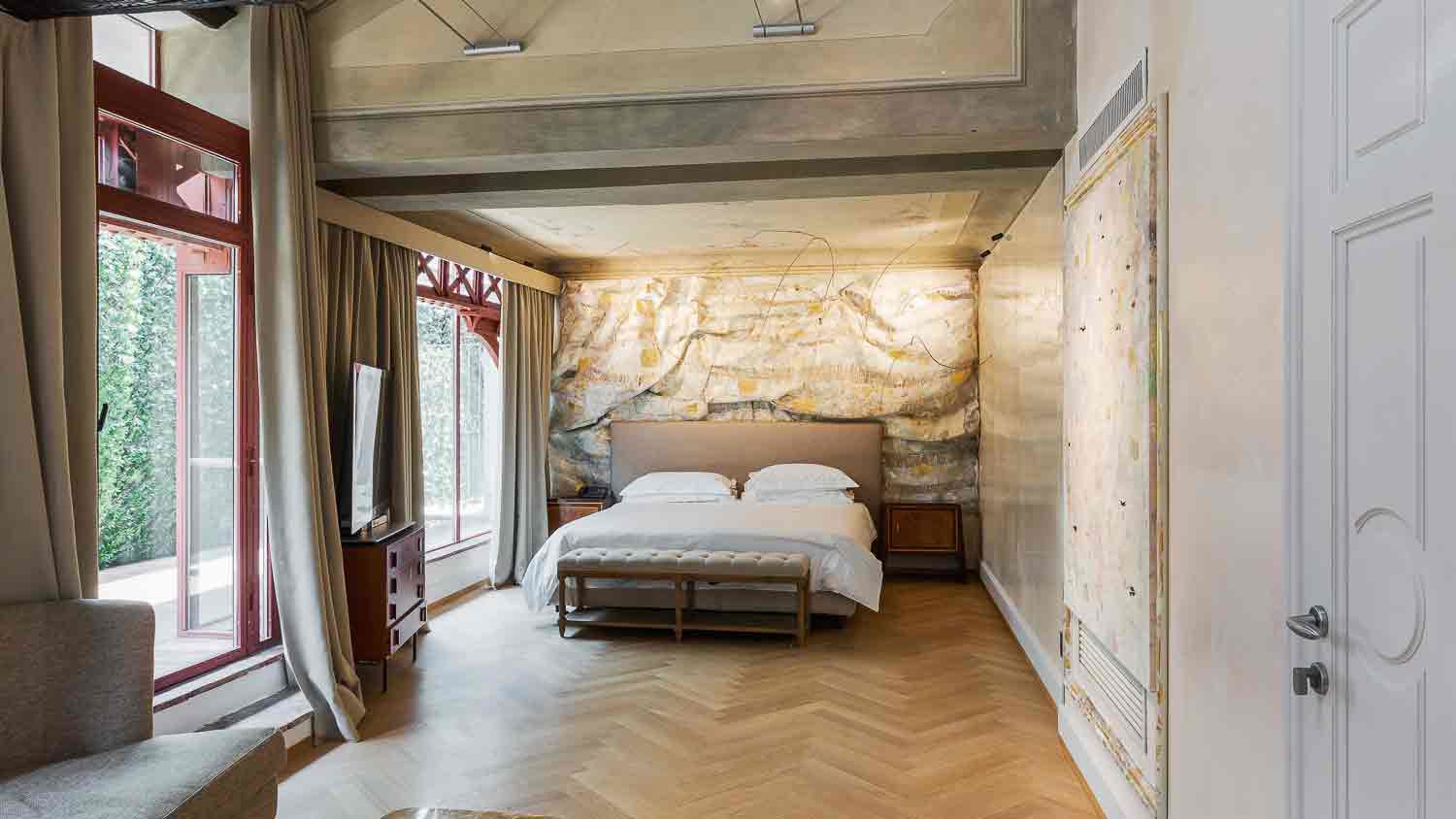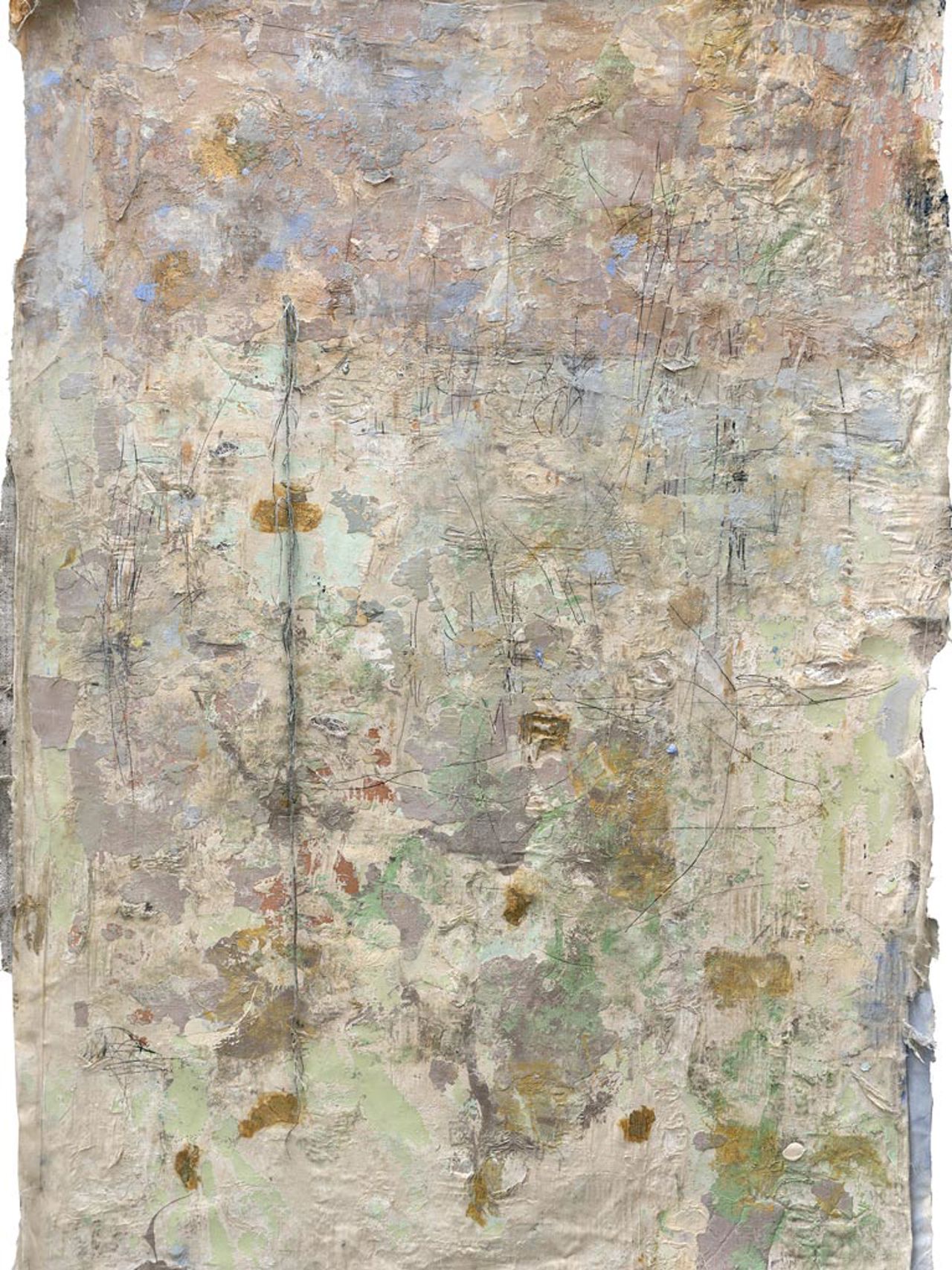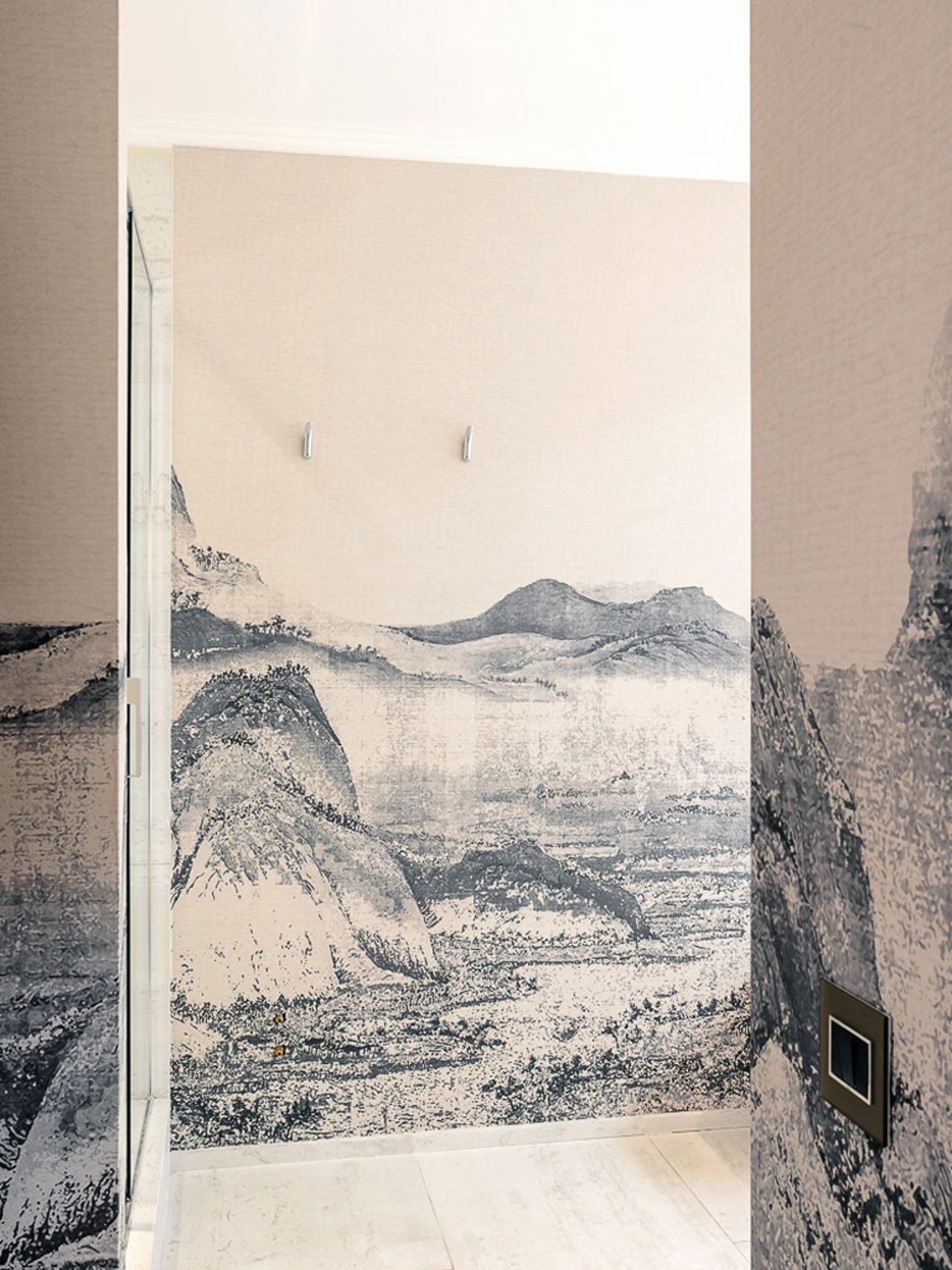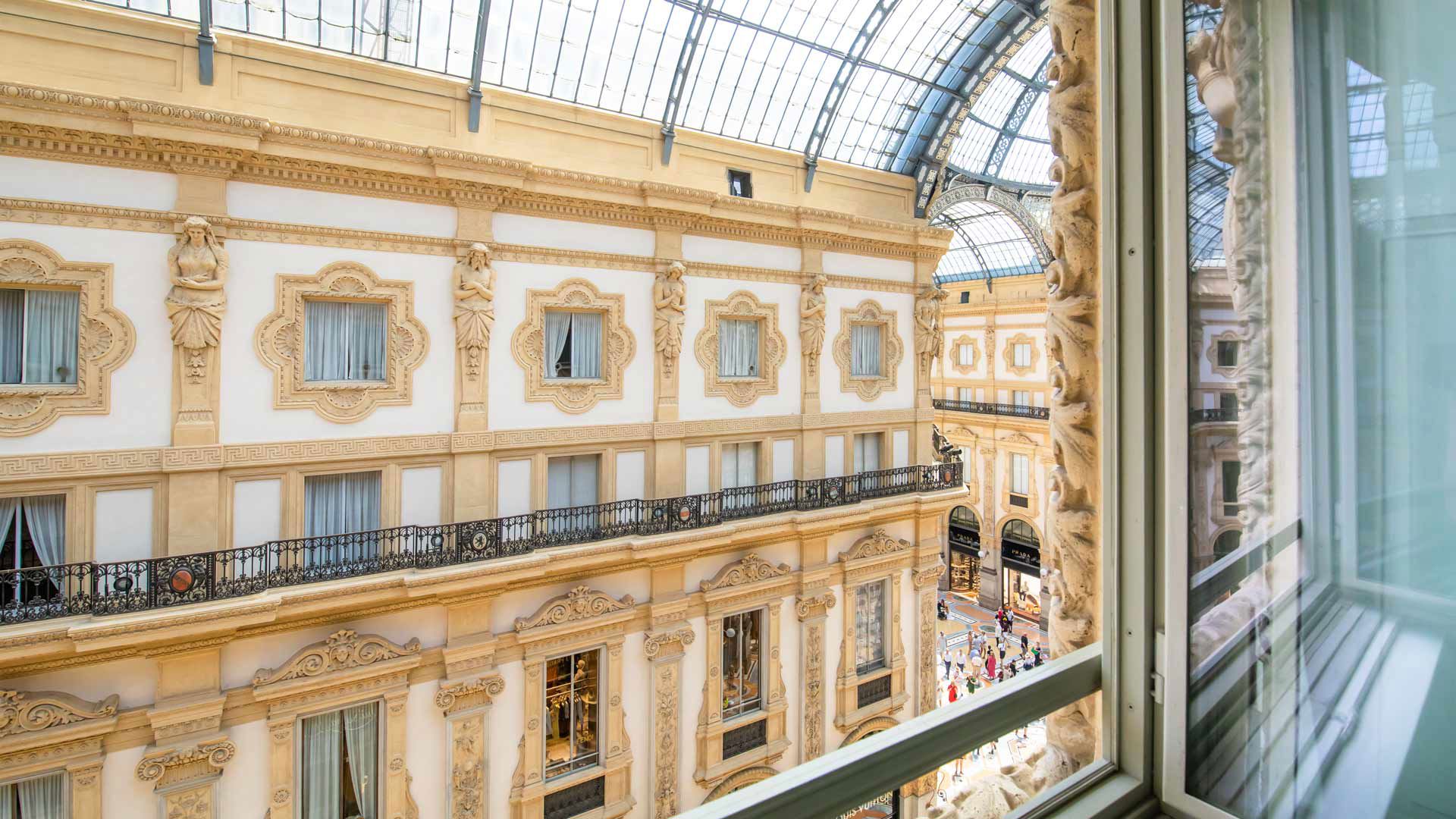Eduardo Cardozo è nato a Montevideo nel 1965. È laureato presso la Scuola Nazionale di Belle Arti e ha studiato incisione con Luis Camnitzer in Italia, oltre ad architettura.
Eduardo Cardozo
Artisti


Ha realizzato esposizioni personali alla Galería Sur, al Museo Nazionale di Arti Visive di Montevideo, al Museo Juan Manuel Blanes, nel Subte Municipale, in Artfullliving (Washington DC), alla Galería Laca (Charlotte, NC) e presso il Comune di Wertingen (Germania). Ha partecipato alla Biennale di Cuenca, alla Biennale del Mercosur e alla Biennale "Do ut do" (Pompei, Italia). Con la Galería Sur ha partecipato a fiere internazionali come Arteaméricas a Miami, Cornice Art Fair a Venezia, ARCO Fair a Madrid, Arteba a Buenos Aires e SP Arte a San Paolo.
Ha ricevuto diversi premi, tra cui il primo premio al Salone Nazionale di Arti Visive, il primo premio Bicentenario del Museo Nazionale, il premio Paul Cézanne dell'Ambasciata di Francia e il primo premio al Salone Municipale di Montevideo.
Le sue opere fanno parte di importanti collezioni in America e in Europa. Ha realizzato interventi presso Estancia Vik a José Ignacio, "Casa Tierra" a Bahía Vik, murales a Playa Vik, murales nella sala di degustazione e nella sala delle barrique di Viña Vik, e presso l'Hotel de Chile, oltre a interventi in Galleria Vik Milano in Italia.



